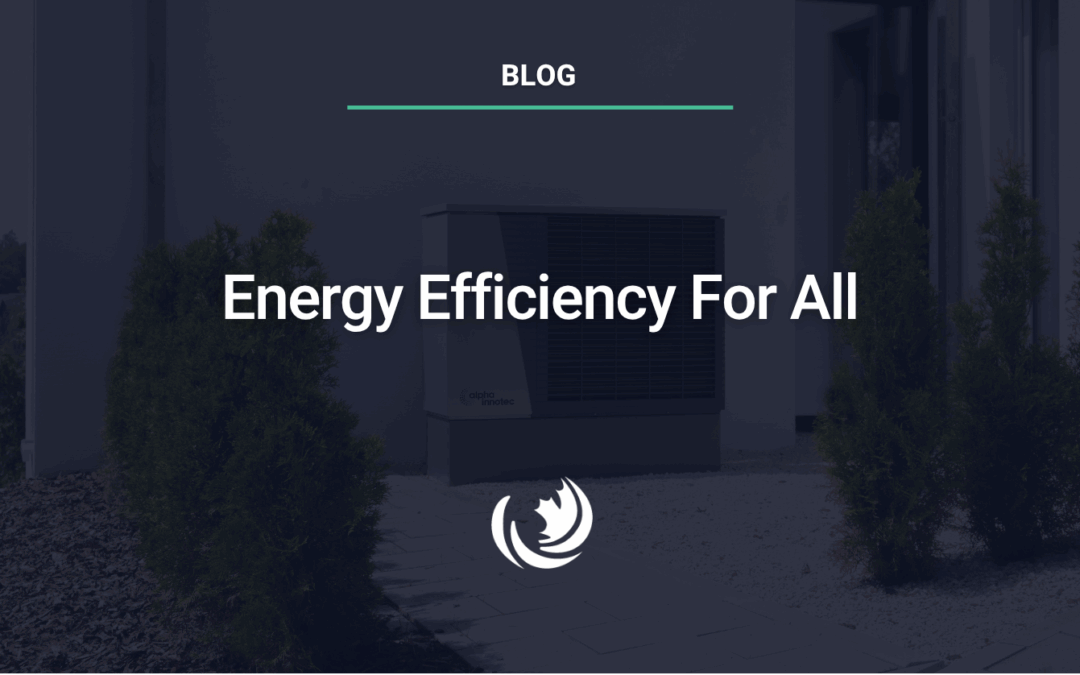
Energy poverty needs to be prioritized at the national level if the transition to net-zero emissions is to be fair and just. The federal government can play a leadership role by expanding the scale and scope of low-income energy efficiency.
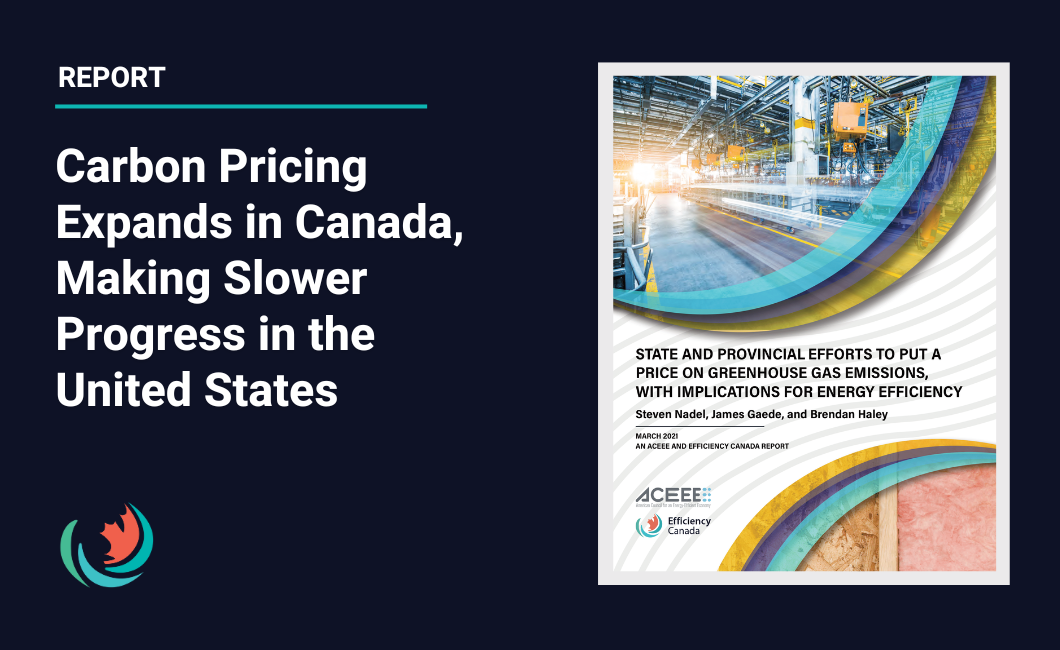
As talk of a carbon tax resurfaces with the start of the Biden administration, some form of carbon pricing applies to an increasing share of the population in the United States and Canada, according to a report jointly released today by the nonprofit research groups ACEEE and Efficiency Canada. Authored by Steven Nadel, James Gaede, and Brendan Haley.
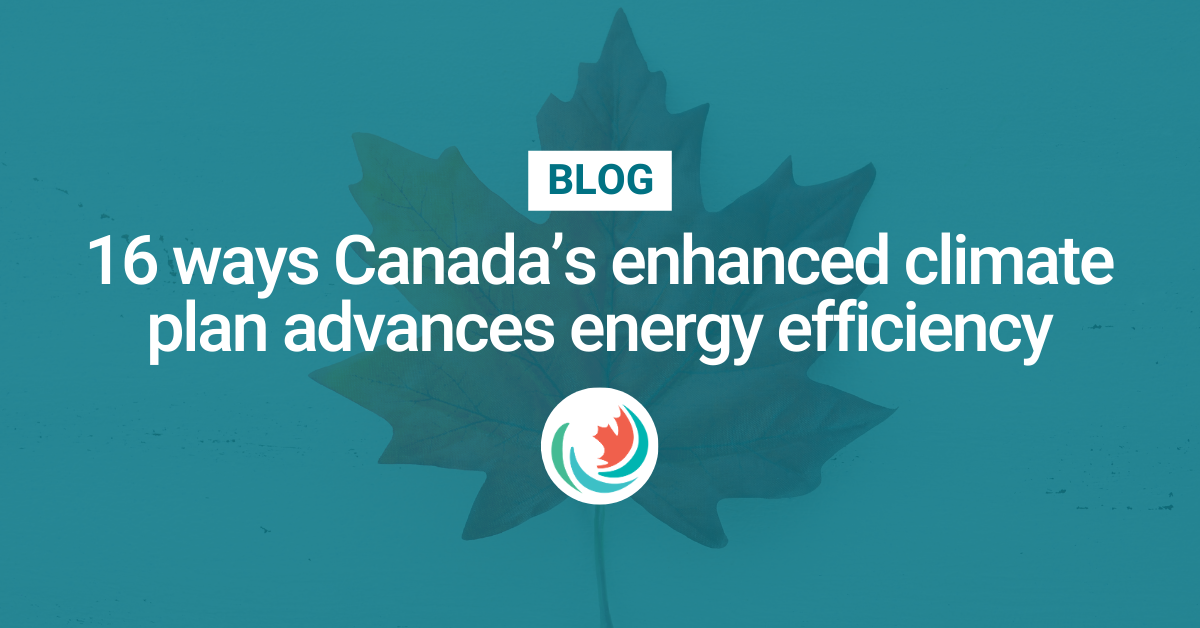
The federal government released an updated climate plan, aiming to set Canada on a path to achieve net-zero emissions by 2050, and to exceed the Paris agreement 2030 targets. Here is what it means for energy efficiency.
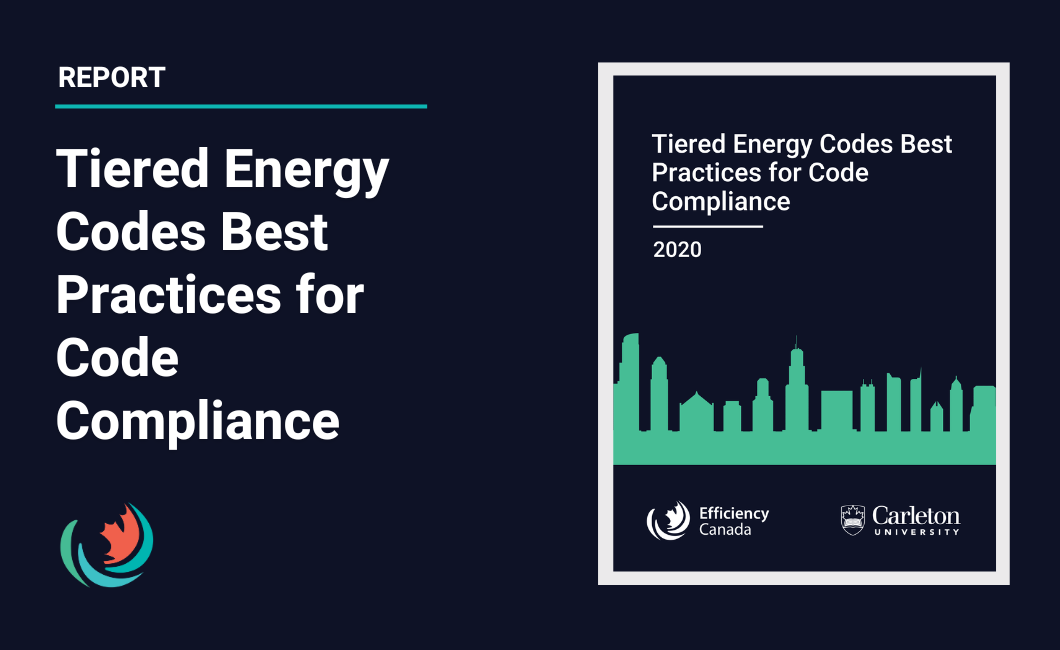
Building codes are established by law in the provinces or territories in which the building will be constructed. Compliance with code falls in the purview of the city or municipality, known as the Authority Having Jurisdiction (AHJ). The AHJs must enforce
the safety, accessibility, and other objectives of code for new buildings, which requires knowledgeable resources in multiple technical disciplines. Adding in energy codes has presented some challenges for AHJs, let alone adding in potentially multiple tiers of energy compliance. Authored by Andrew Pride.
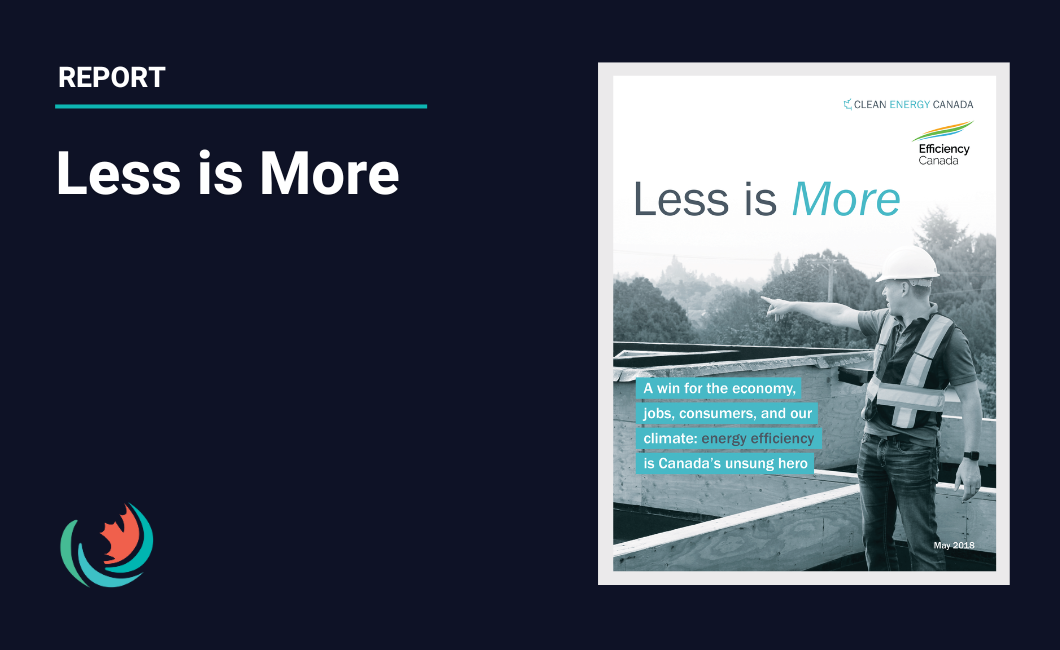
Read how Canada can boost GDP, create jobs and meet its international climate change commitments. Authored by Corey Diamond and Merran Smith.






